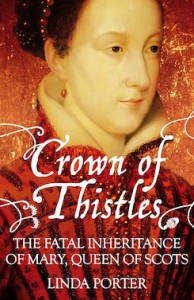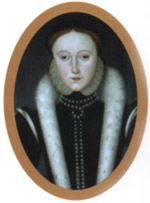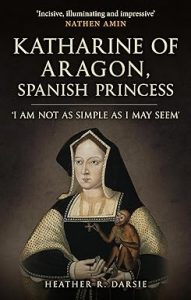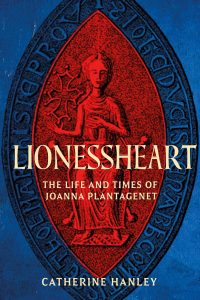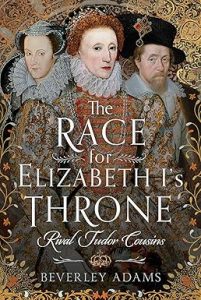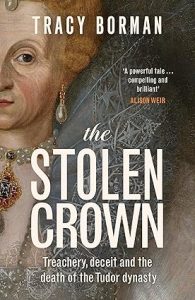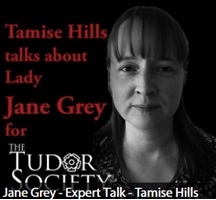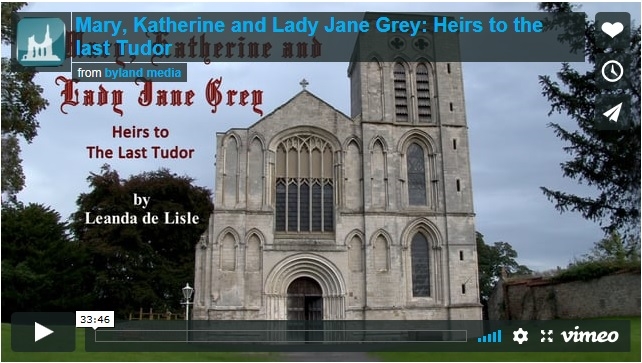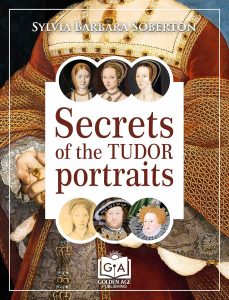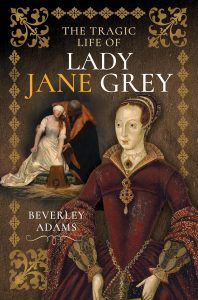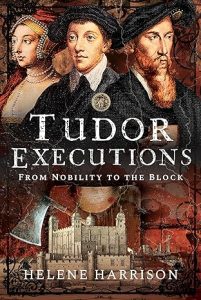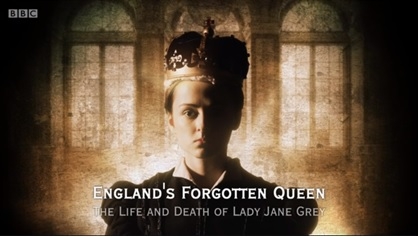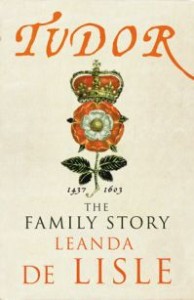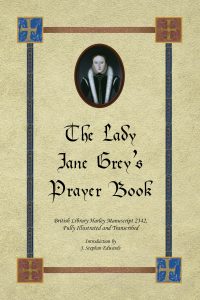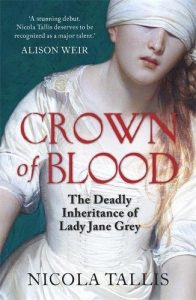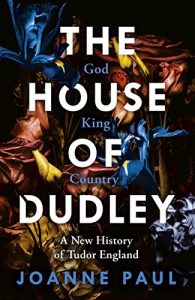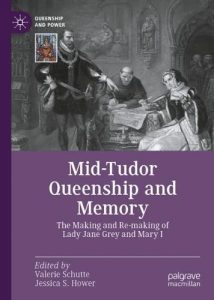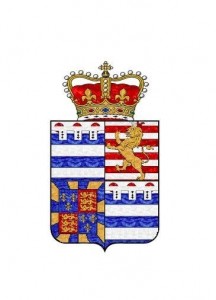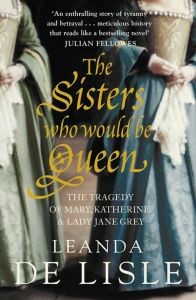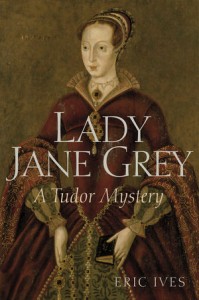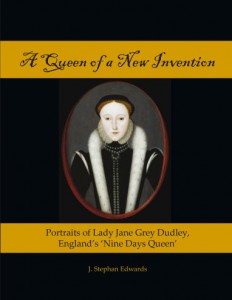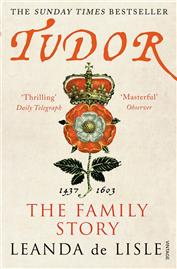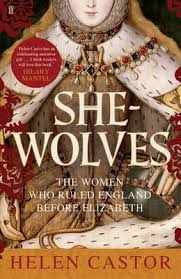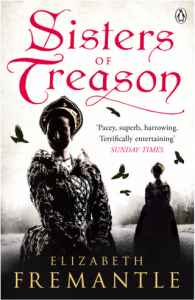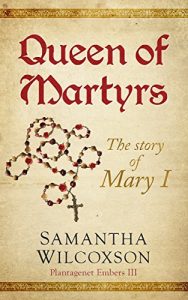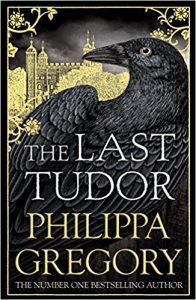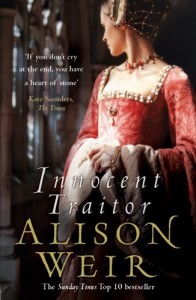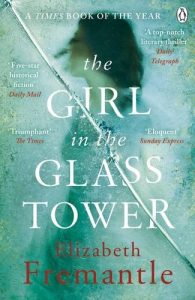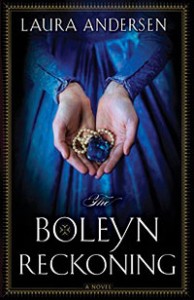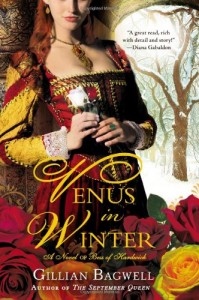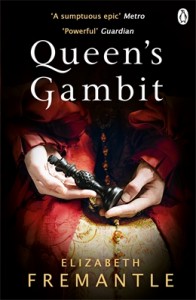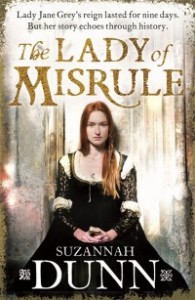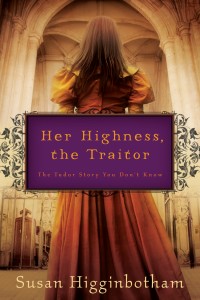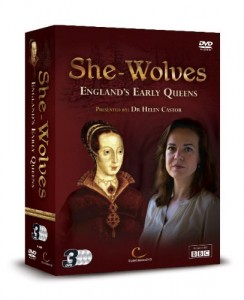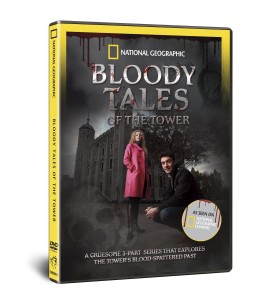Nasim (Nasim@NasimT) has very kindly sent me a report of a talk she attended by Lynsey Wood.
Thank you very much Nasim.
‘The talk was by Lynsey Wood, a PhD student at the University of Lancaster. I believe her thesis is on female rule and the succession rights of the Grey sisters. The talk was a general outline of the Katherine-Seymour affair, so not really anything new to those familiar with the account. But in the audience was Carole Levin and Charles Beem and there emerged some interesting discussions.
Some points of interest:
Wood argued for Katherine’s commitment to Seymour, and believed it was a somewhat one-sided affair – she remained devoted to him, whilst he was more concerned with salvaging his position at court.
She discussed Katherine’s attachment to three rings given to her by Seymour, including the wedding ring comprising of a three-clasp design. She mentioned that Katherine refused to take off this symbol of her union with Seymour, which was valid in the eyes of the Church (whatever Elizabeth I thought about it). However portraiture of Katherine continued to depict her hands as bare. She argued that this was intentional, namely to appease the queen (and pointed out that these paintings went to some effort to have Katherine’s hands presented to the viewer). Someone in the audience – if I remember, Charles Beem – asked whether there was some ambiguity in the depiction of Katherine in the paintings. In the images of Katherine holding her infant eldest son, she resembles on the surface the Madonna with Child, but the absence of the wedding ring raises doubts about her virtue, thus casting her as a whore.
Wood did point out that she had tracked down records of the various reproductions of that famous image of Katherine with her son, and briefly mentioned demand for this image (I imagine because of Katherine’s royal status – the Elizabethan age marked an increase in demand for images of prominent figures, not least anyone linked to the queen). But these individuals made sure that their paintings did not contradict Elizabeth’s views of the marriage.
Charles Beem and Carole Levin got into a slight argument about Elizabeth I’s treatment of the Grey sisters. Beem cast Elizabeth as an embittered woman who had a major grudge towards the surviving Greys. Levin pointed out that Elizabeth’s concerns regarding the secret marriage of someone so close to the throne – indeed her heir for a while – was understandable. But she felt Elizabeth’s vengeful nature was really seen in her treatment of Mary Grey. Levin, who referred to Mary Grey as a ‘dwarf’ who made an amusing marriage to the exceptionally tall Keys, believed the youngest Grey girl was really the victim, more so than her sister.
Jane was talked about a bit near the end when someone asked why Elizabeth didn’t have Seymour and Katherine’s marriage annulled on grounds of close affinity because Seymour had once been betrothed to Jane (talk of which ceased when his father, the Lord Protector, was executed). They asked why much ado was not made of this – whether any prohibition in Leviticus could not be called upon in the case of a man betrothed to one sister, then marrying another. Of course technically there was no such prohibition – not only was the contract between Seymour and Jane not binding, and the legitimacy of her union with Guilford was unquestionable, but there was no such prohibition in Leviticus. Still, Elizabeth was as sneaky as her father and could have twisted canon law to suit her needs. But she did not, and this was left as an open question. (My guess is that Elizabeth wanted this whole issue over and done with and little talked about/debated, partly, I suspect, because she knew full well that there was no invalidity to the match. Also by raising this point she was potentially attacking the memory of Jane Grey, already heralded by Protestant polemicists as a godly, martyr-like figure. I doubt whether Elizabeth wanted to get people talking that much about Jane).
Not much was said about the remaining Greys, except for a brief mention of Frances Brandon/Grey being involved in talks for a union between Seymour and Katherine but dying before she could approach the Queen on their behalf. Had she lived then the affair may have been very different.’

